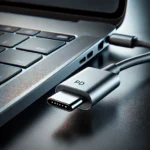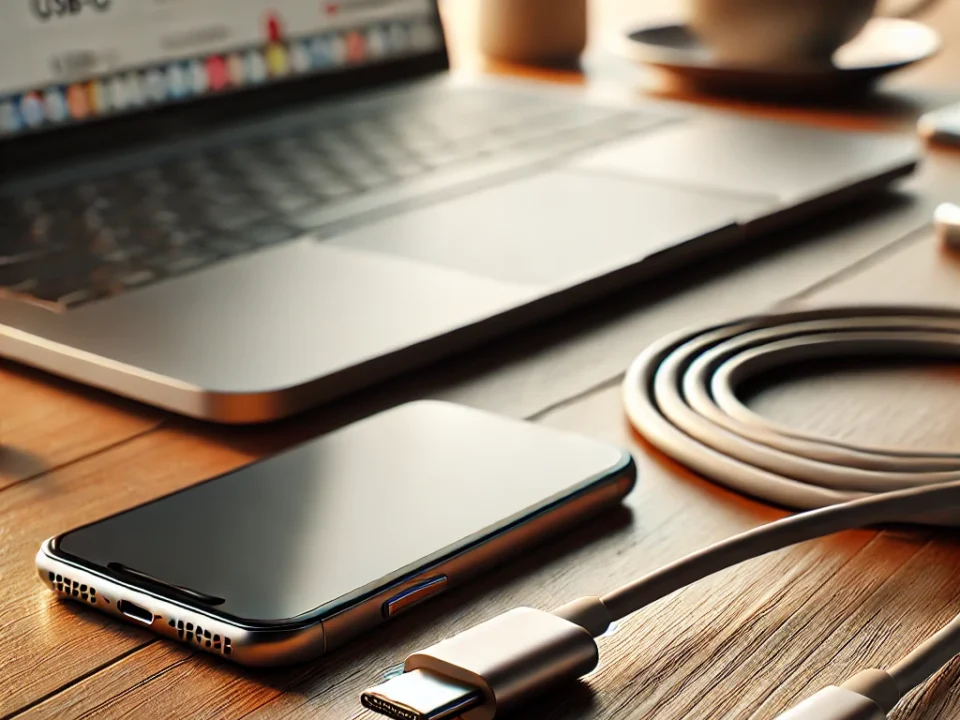
Unlock the Power of PD Protocol with the Ultimate Type-C Interface Combination!
2024-11-12
How to Select the Best Data Cable for Your Device
2024-11-13Understanding USB-C Technology
USB-C technology represents a significant improvement in the Universal Serial Bus (USB) standard. Its compact, reversible connector design allows it to be inserted in either direction, enhancing ease of use. This is especially useful for mobile devices and laptops, eliminating the frustration of trying to orient plugs correctly.
A major advantage of USB-C is its improved data transfer speeds. While USB 2.0 and USB 3.0 had limited bandwidth, USB-C supports the USB 3.2 standard, offering data transfer rates up to 20 Gbps. This makes it ideal for modern applications, such as high-resolution video streaming and large file transfers.
USB-C is also versatile. It supports multiple protocols, such as Thunderbolt 3 and DisplayPort, enabling a single port to transfer data, power, and high-definition video. This flexibility makes USB-C crucial in today’s tech ecosystem, connecting devices from smartphones to laptops and docking stations.
As technology progresses, understanding USB-C’s capabilities is essential. Its integration into devices improves performance and usability. Moreover, it opens the door to applications like Ethernet access, streamlining connectivity for the future.
The Evolution of Ethernet Standards
Ethernet technology has evolved significantly since its creation in the 1970s. Initially developed by Xerox PARC, it allowed data communication over coaxial cables, offering speeds of 2.94 Mbps. This was revolutionary at the time and laid the foundation for modern networks.
In the 1980s, Ethernet saw refinements. The introduction of 10Base-T, using twisted pair cables, increased speeds to 10 Mbps. The 1990s saw the rise of Fast Ethernet, with speeds of 100 Mbps, which met the growing demands for multimedia applications.
As the internet expanded, Ethernet speeds had to keep up. Gigabit Ethernet, which offers 1 Gbps speeds over copper and fiber connections, became standard. Further advances introduced 10-Gigabit Ethernet and higher speeds, improving both speed and efficiency.
Ethernet is now essential for both consumer and enterprise networks. Its evolution has shaped how we transmit data today. Understanding this history is key when exploring how USB-C and Ethernet can converge in the future.
USB-C as an Ethernet Solution
USB-C has transformed connectivity, including its potential for Ethernet access. As a universal port, it supports data and power transfer, making it useful in networking scenarios. USB Ethernet adapters convert a USB-C port into an Ethernet connection, enabling devices without Ethernet ports to access wired networks.
With USB 3.1, data transfer speeds reached 10 Gbps, making USB-C suitable for Ethernet applications. This speed can handle modern internet needs, especially when paired with USB Ethernet adapters. This setup is especially beneficial for ultrabooks and tablets that lack traditional Ethernet ports.
USB-C Ethernet adapters are valuable in settings like offices, homes, and schools, where stable internet access is critical. However, compatibility and speed issues may arise with older hardware not optimized for USB-C.
In conclusion, USB-C is a viable Ethernet solution. It supplements traditional Ethernet ports, offering high-speed network access while navigating compatibility challenges.
Future Trends in USB-C and Ethernet Integration
USB-C’s evolution promises further integration with Ethernet. As more devices adopt USB-C, new standards will enhance connectivity. USB-C simplifies cables and could lead to faster data transfer rates and improved efficiency. As the demand for higher bandwidth increases, USB-C and Ethernet integration could reshape wired connectivity.
The introduction of USB4, supporting Thunderbolt 3 and Ethernet protocols, showcases USB-C’s increasing potential. This next-generation specification offers improved performance for both data and network access. As manufacturers adopt these standards, users will benefit from consolidated connectivity options.
The rise of remote work is pushing the demand for reliable internet access. Consumers are looking for devices with strong networking features. The integration of USB-C with Ethernet will likely influence purchasing decisions, driving users toward products offering comprehensive connectivity.
In the future, USB-C connectors may be designed to work with a wider range of devices. Manufacturers may develop new adapters and hubs that enhance Ethernet access via USB-C, improving both user experience and device functionality.
New Horizons: Can USB-C Be Used for Ethernet Access?
Learn about the use of USB-C adapters for Ethernet access and their advantages.
USB-C to Ethernet: A Comprehensive Guide 2024
A detailed guide explaining how USB-C to Ethernet adapters work and how to choose the right one.
Braided USB 3.1 USB Type C to USB A PD 60W 3A 10Gbps Cable
Braided / TPE 90 Degree USB 3.2 Type C Cable PD 100W 5A 4K@60Hz





